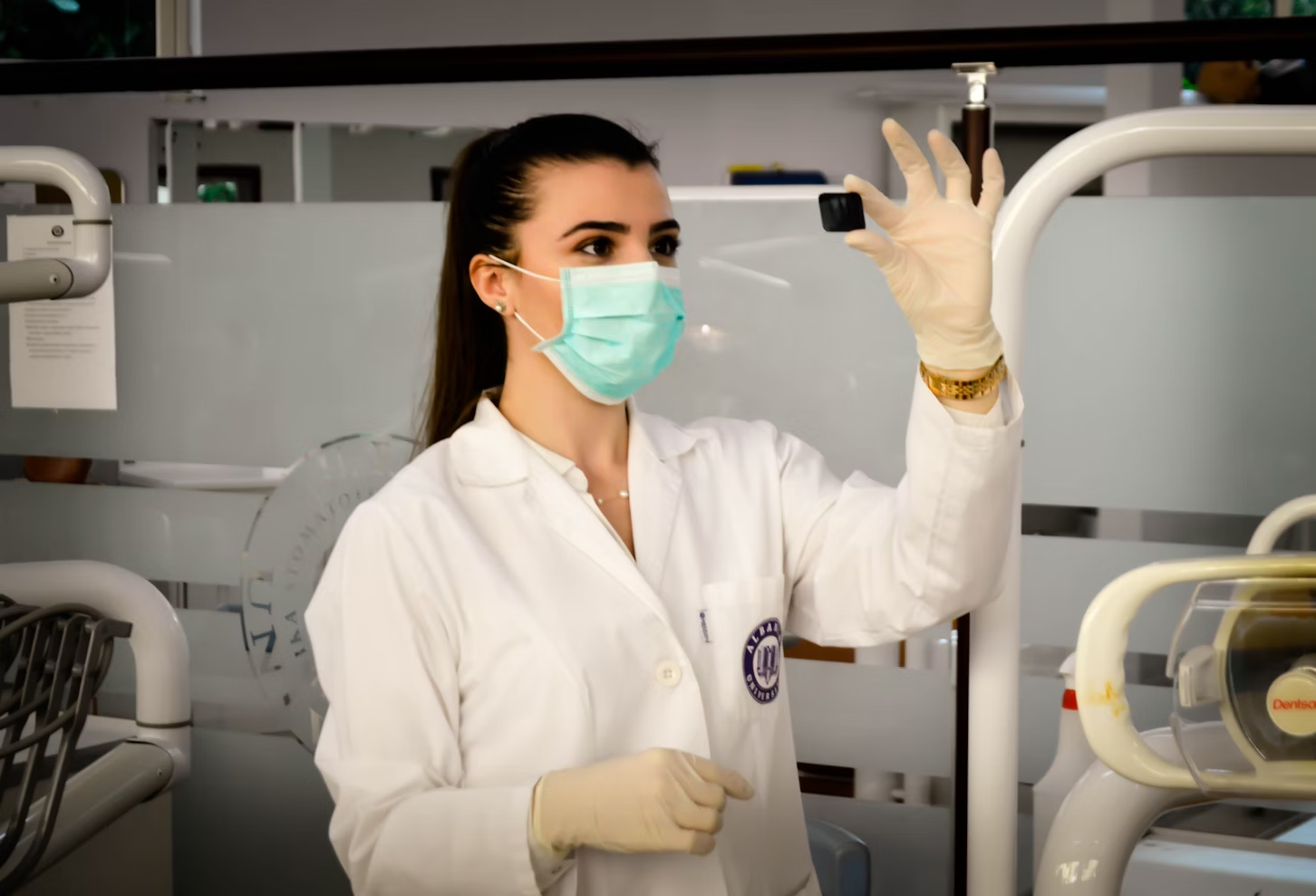What Role Does Physical Therapy Play in Shoulder Pain?

Shoulder pain may be a real drag, whether it’s that nagging pain you cannot shake off or a pointy, stabbing sensation on every occasion you try to reach for something. It doesn’t matter if it’s from an injury, overuse, or simply one of those mysterious pains that appear to pop out of nowhere; shoulder pain has a knack for disrupting your existence. That’s where physiotherapy for shoulder pain comes in, no longer just as a brief fix but as a recreation-changer that gets you again on your daily recurring with much less pain and more freedom.
Examination to Determine Your Symptoms
You’ve been given initially a thorough exam to parent out what’s virtually occurring. Physical therapists are like detectives in relation to this. They gain it just by studying your shoulder and saying, “Yep, that’s painful.” No, they’ll dig deep. They’ll assess your variety of motion, test for muscle weakness, and study the way you flow or don’t flow your shoulder.
They would possibly even ask you to carry out certain movements, like lifting your arm or rotating it in a circle. These seemingly easy tasks can screen out approximately the underlying difficulty, whether or not it’s a rotator cuff injury, frozen shoulder, or something else. This meticulous technique is crucial as it sets the degree for the whole thing that follows.

Observing What Activities Are Difficult for You
Is it accomplished to seize a cup from the top shelf? How about putting on a jacket? Or perhaps it’s something as basic as brushing your hair that sends a pointy pain capturing via your shoulder. Your bodily therapist will want to realize all this because expertise on what actions are difficult allows you to pinpoint the unique muscle mass, tendons, or joints that need interest.
This isn’t just about figuring out your limitations, it’s about how your shoulder pain is affecting your fine of life. By zeroing in on these problematic sports, your therapist can tailor a remedy plan that addresses the root of the issue, helping you reclaim the easy, ordinary motions we frequently take with no consideration till they’re gone.
Designing an Individualized Exercise Program to Improve Movement
Once the detective work is perform, it’s time to get to paintings on solving matters. But here’s the thing: there’s no one-size-suits-all technique to physical therapy. Your shoulder is particular, and so are your needs; that’s why your therapist will lay out individualized exercise software only for you. This software will target the particular muscular tissues and tendons which can inflict your pain, progressively enhancing your strength, flexibility, and standard shoulder characteristics.
You might start with gentle stretches to ease the tension for your shoulder, just like the Crossover Arm Stretch . This one’s conventional for a reason, it’s easy yet effective. You carry one arm across your frame, protecting it with the other hand, feeling that gentle stretch across your shoulder and higher return.
Ice Therapy
You’ve probably heard of the RICE approach, Rest, Ice, Compression, Elevation, and for excellent motive. Ice is a tried-and-true method for dealing with acute accidents, in particular in those first few crucial hours after the ache starts.
When you practice ice on an injured shoulder, it enables reduced inflammation and swelling. This, in flip, alleviates ache and makes it simpler to move the shoulder without that stabbing pain. But it’s now not just about slapping on a cold P.C. and calling it a day. Your therapist will guide you on how to do it right, how long it takes to hold the ice on, how often to use it, and how to transition to different remedies.
Heat Therapy
On the flip facet, there’s Heat Therapy. While ice is the cross-to within the early ranges of any damage, warmness comes into play a little later, usually after the first seventy-two hours. By then, the preliminary swelling has commonly gone down, and the focus shifts to easing muscle tension and selling recuperation.
Applying heat to your shoulder may be quite soothing. It will increase blood flow to the location, which no longer most effectively relaxes the muscle tissue; it additionally accelerates the recovery system by delivering extra oxygen and vitamins to the injured tissues. Heat remedies can also help with continual pain, where tight, knotted muscle mass is a big part of the problem.
Hands-On Therapy
This isn’t some form of common rubdown, it’s a surprisingly targeted method that calls for a deep know-how of the frame’s mechanics. Your therapist may use strategies like myofascial launch, where they follow gentle strain to the connective tissues surrounding your muscle tissues, or joint mobilizations, wherein they carefully move your shoulder joint to boom its range of movement.
Hands-on remedies may be distinctly powerful, especially when blended with sports and different remedies for your plan. It helps to interrupt up scar tissue, lessen stiffness, and get your shoulder shifting extra freely, all even giving you a few lots-wished pain alleviation.
Also, read: What Are the Daily Responsibilities of a Beauty Therapist?










